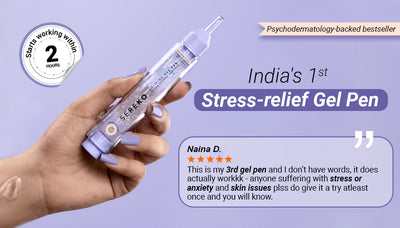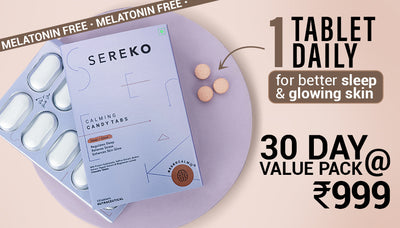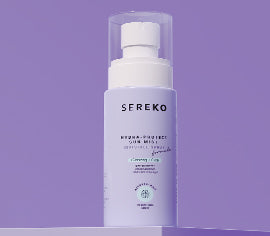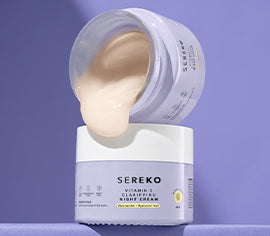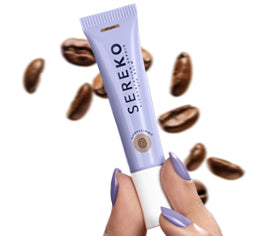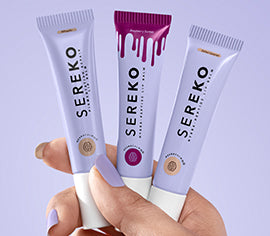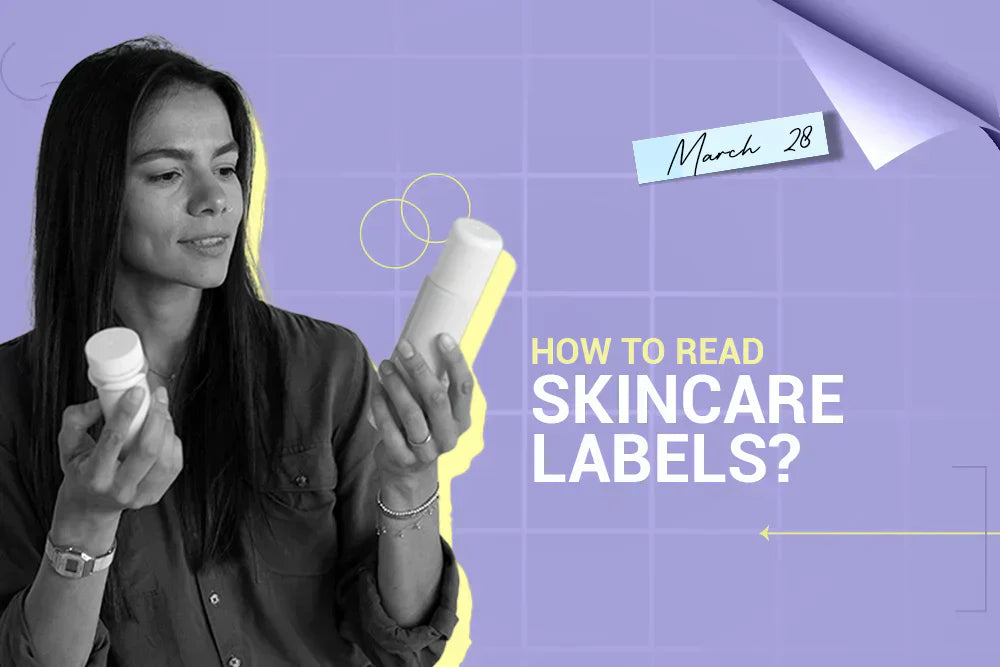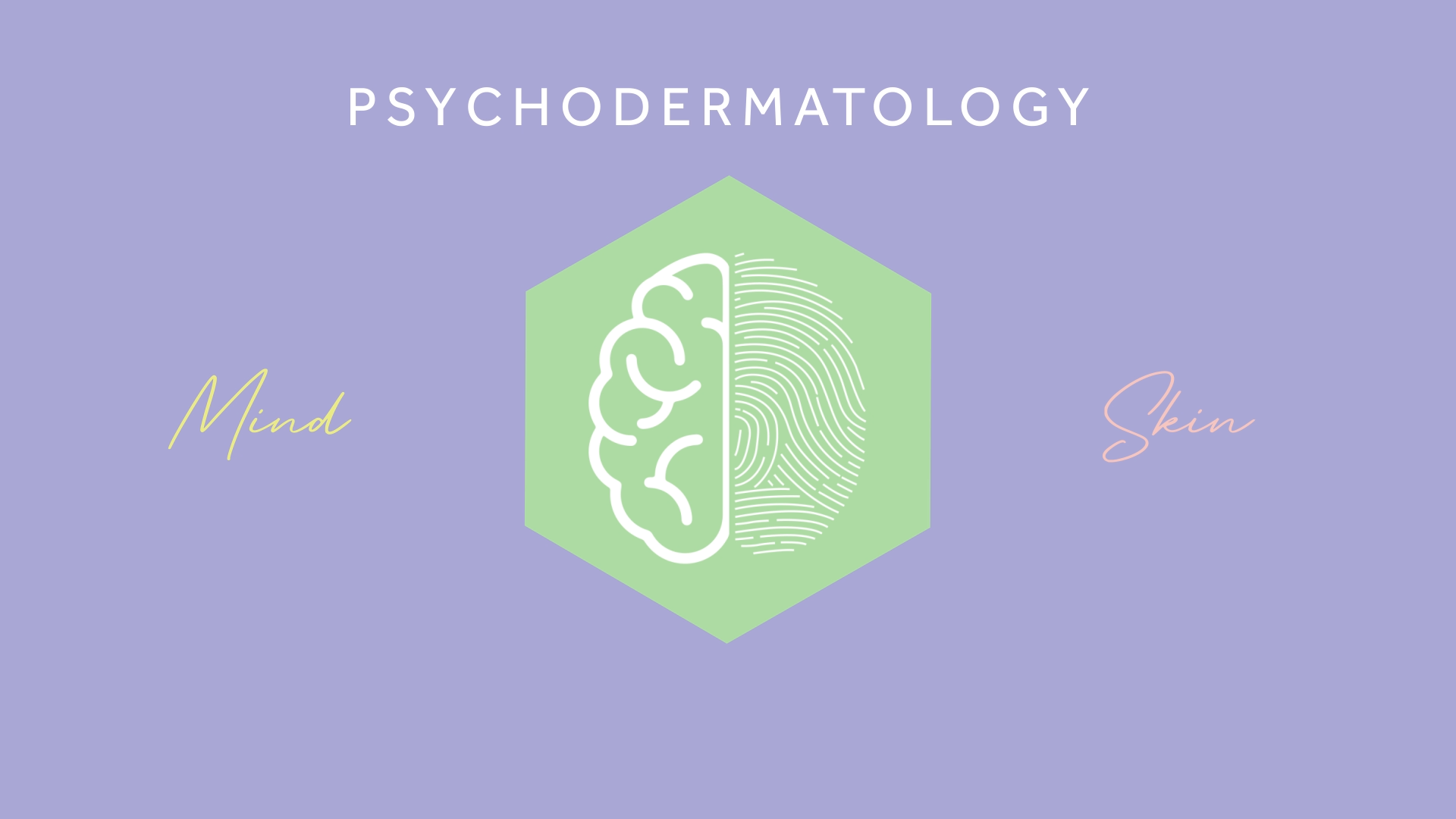Navigating the world of skincare can feel overwhelming, especially when ingredient lists look more like a chemistry exam than a beauty product. But understanding these labels is key to choosing the right products for your skin.
Once you know what to look for, you’ll be able to make smarter, more informed choices, without the guesswork.
1. Know Your Actives
Actives are the star ingredients that directly target your skin concerns. These are the powerhouse ingredients that can address issues like acne, aging, or pigmentation. The key here is that actives are listed in order of concentration, meaning the most potent ingredients will appear at the top of the list.

- Example: SEREKO’s Weightless Sun Fluid (SPF 50, PA ++++) contains Kakadu Plum, which is a rich source of Vitamin C. This helps even skin tone and boosts collagen production for firmer, healthier-looking skin.
- The formula also includes Ceramides, which are crucial for restoring the skin’s natural barrier and locking in moisture, perfect for those with dry or sensitive skin.
2. Understand Ingredient Order
The first five ingredients in a product’s formula usually make up the bulk of the formula. If a product boasts a key ingredient but it’s buried near the bottom of the list, it might only be present in a tiny amount.
This is important because the effectiveness of a product often depends on how much of the active ingredient it contains.
Pro Tip: If a product is advertising a specific benefit (like anti-aging or brightening), ensure that the ingredients responsible for these benefits are near the top of the list.
3. Spot the Right UV Filters in Sunscreens
Not all sunscreens are created equal. To ensure you’re getting the protection your skin deserves, look for broad-spectrum coverage and photostable UV filters that protect against both UVA and UVB rays. UVA rays cause premature aging, while UVB rays lead to sunburn.
Example: The Weightless Sun Fluid uses Hybrid UV Filters (Tinosorb® M and Titanium Dioxide), offering SPF 50 and PA++++ protection. This combination ensures superior protection from both UVA & UVB rays, without the white cast that often comes with traditional mineral sunscreens.
4. Identify Irritants & Allergens
If you have sensitive or acne-prone skin, it’s especially important to watch out for ingredients that may trigger irritation. Common irritants include alcohol, artificial fragrances, and certain essential oils.
Pro Tip: Check the label for words like “fragrance-free” or “hypoallergenic” if you’re prone to irritation. Always do a patch test before applying a new product to your face.
5. Look for Supporting Ingredients
Great skincare formulas don’t just rely on actives. They also include supporting ingredients that help boost the performance of the actives, keep the skin hydrated, and protect it from damage.
Example:
- Micro Marine Algae – This antioxidant helps protect skin from environmental damage, such as pollution.
-
Wild Indigo – Known for its calming properties, it reduces stress-related inflammation and helps soothe irritated skin.
6. Check for Certifications & Claims
In today’s beauty industry, it’s essential to look for certifications and claims that back up the brand’s promises. For example, terms like Vegan, Dermatologically Tested, and Cruelty-Free indicate that the brand is committed to quality, ethics, and safety.
Pro Tip: Look for third-party certifications or clinical test results that support the brand’s claims, ensuring the product’s effectiveness.
7. Understand Expiration & PAO (Period After Opening) Symbols
All skincare products have a shelf life, and it’s important to check for expiration dates or PAO (Period After Opening) symbols to understand how long the product remains effective after it’s been opened. Typically, the PAO symbol will look like a small open jar with a number, indicating the number of months the product is safe to use once opened (e.g., 12M means 12 months).
Pro Tip: Expired skincare can lose its potency and, in some cases, cause irritation, so always use products within the recommended time frame.
Conclusion
Understanding how to read skincare labels helps you make smarter, more informed choices when selecting products. By learning what’s in your skincare, you can confidently choose the right ingredients to target your skin concerns and avoid those that might cause irritation.
SEREKO’s Weightless Sun Fluid is a great example of a product that’s carefully formulated with active ingredients like Kakadu Plum and Ceramides for skin protection and hydration.
Ready to make smarter skincare choices? Start by checking the labels on your current products and see how they measure up!
